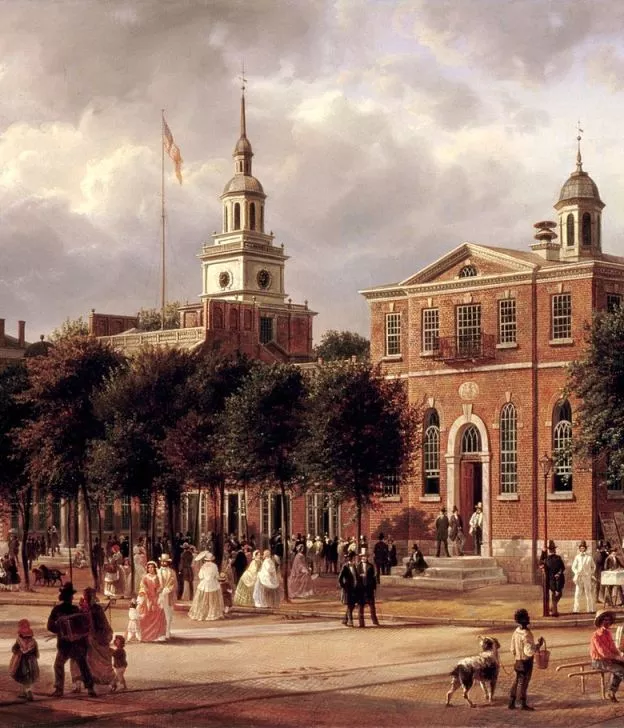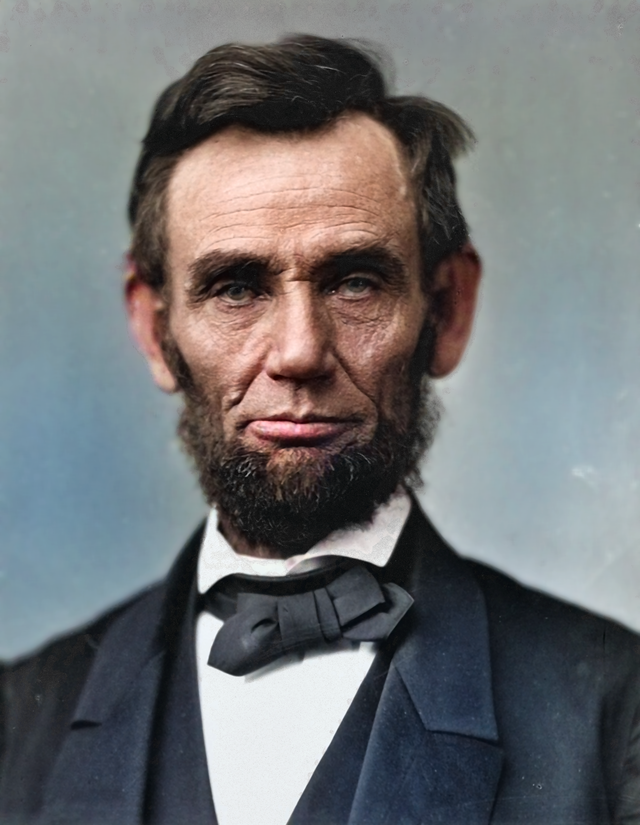
The Northwest Ordinance
Many Americans point to 1776 or 1789 as the birthdate of our founding principles. The Northwest Ordinance helped promote America’s Founding principles.
The first “picture of silver”
1776 features the Declaration of Independence and the glory of those immortal words, “Life, liberty, and the pursuit of happiness.” 1789, on the other hand, captures the moment in which the Founders crafted a document, the United States Constitution, to work towards those words. As Abraham Lincoln put it, the ideals of the Declaration were the “apples of gold” framed by the Constitution’s “picture of silver.”
But what about 1787?

The Constitutional Convention took place that year, but technically speaking, the Articles of Confederation – America’s first “picture of silver, if you will – remained in force.
Americans tend to forget or ignore are the experiments conducted by Congress under the Articles of Confederation and the critical period in which the Articles reigned supreme. We know now that the Articles ultimately failed, and through a modern lens, flaws in the Articles appear obvious and fatal. Imagine not having a President, nor a Supreme Court, nor a Congress able to tax or regulate commerce!
Yet when we look closer at the time period of the Articles, we see a shining beacon of hope (other than a Congress unable to tax): the Northwest Ordinance of 1787.

The Northwest Territory consisted of the territory that became the modern states of Ohio, Michigan, Indiana, Illinois, Wisconsin, and part of Minnesota. Not only did the 1787 ordinance establish the process by which territories could apply for statehood, it guaranteed that these new states would be treated as equal members within the Union. The ordinance continued to spread liberty and equality by protecting religious freedom and providing the right to a writ of habeas corpus and the benefit of trial by jury. Most importantly, the ordinance prohibited slavery north of the Ohio River. In short, the 1787 ordinance represented a desire to realize founding principles.
Abraham Lincoln himself reminded his audiences never to overlook or forget this final feature of the ordinance, an ordinance passed by Congress under what we now know as the doomed Articles of Confederation. Lincoln referenced the Northwest Ordinance throughout his political rise to support his “oft-expressed personal wish that all men every where could be free.”
So the next time you hear someone speak ill of the Articles of Confederation, remember that the Northwest Ordinance provided one of the few triumphs from that document’s brief period. Of course, some future states ignored the liberating example of the ordinance upon entrance to the Union, preferring to extend slavery at the expense of freedom. Yet through the Northwest Ordinance, the Founders established a precedent in which their principles of life, liberty, and the pursuit of happiness could spread throughout the Union and ultimately extinguish slavery.
